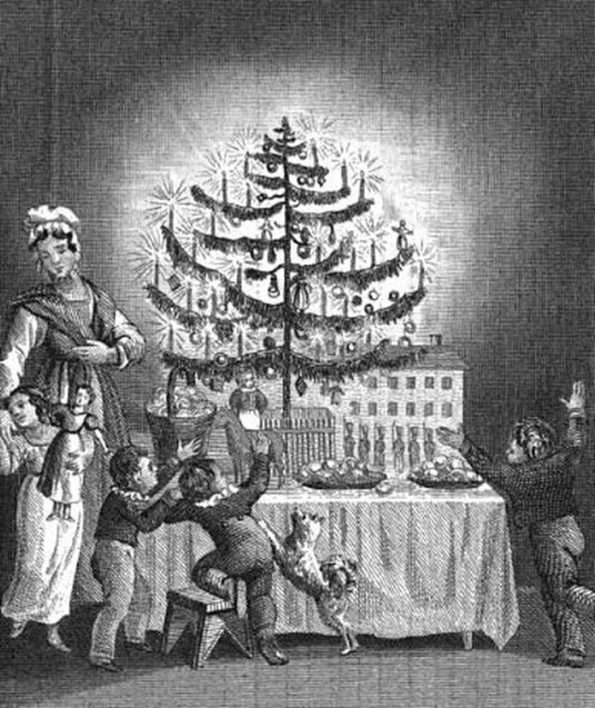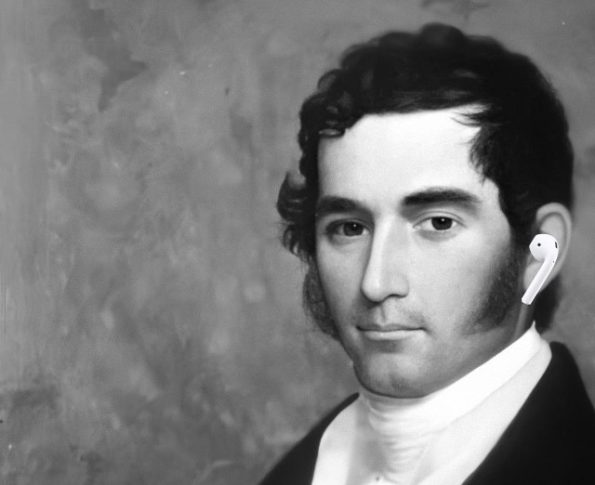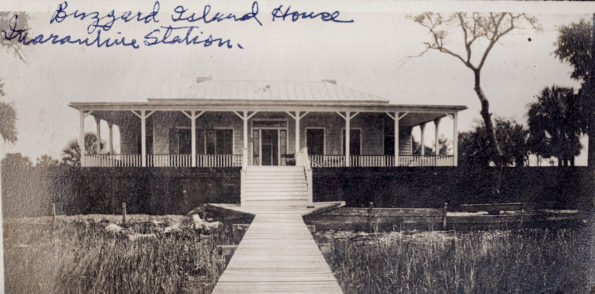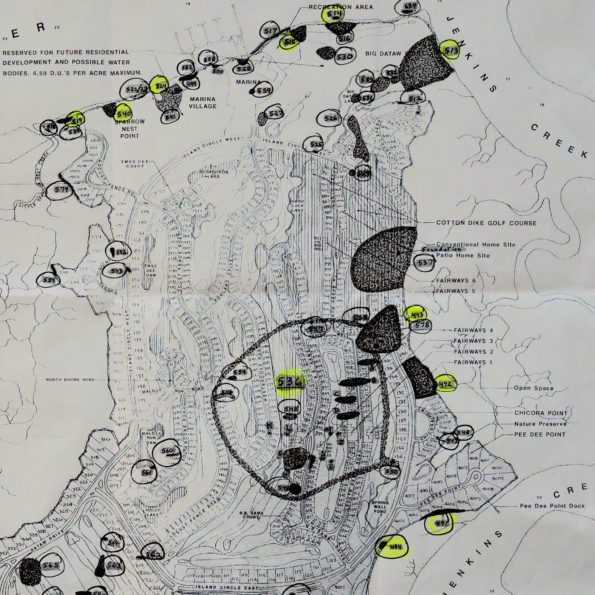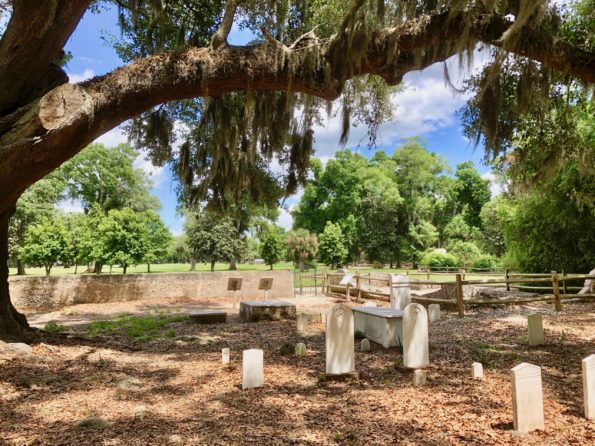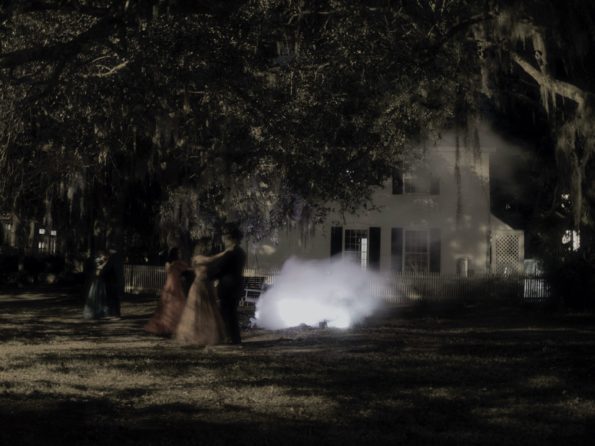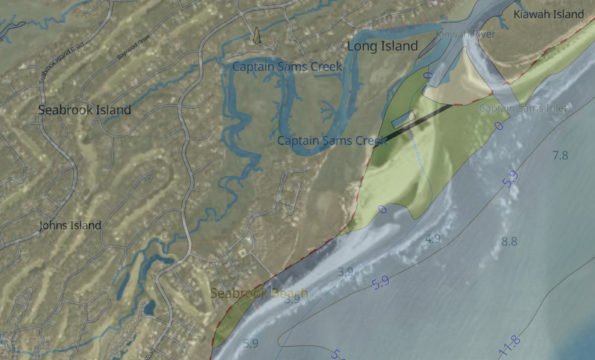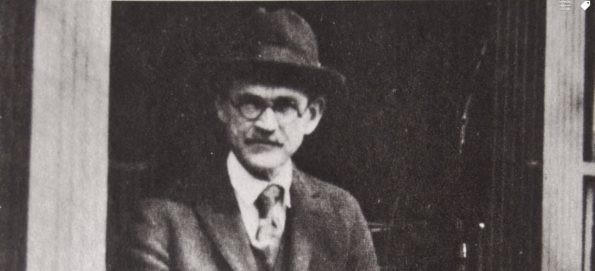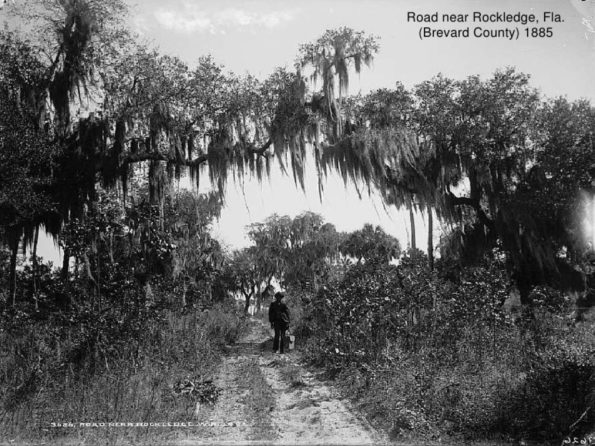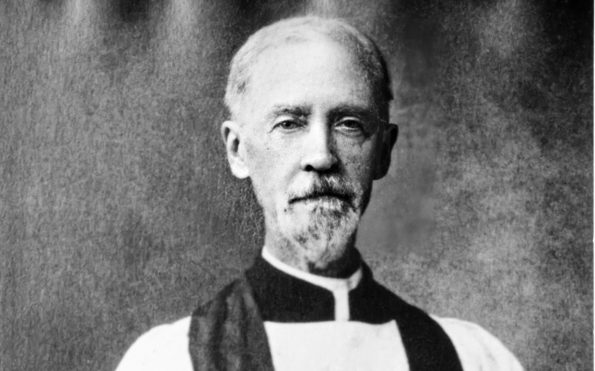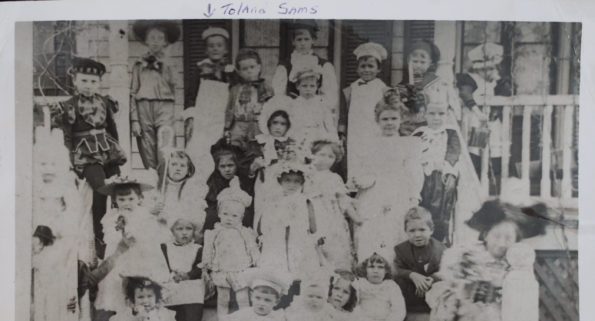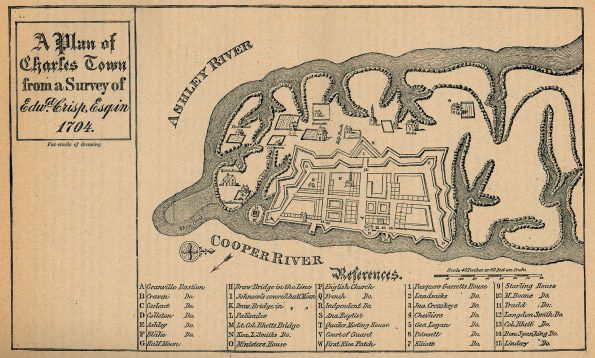Antebellum Christmas on Datha Island
Christmas in the Lowcountry of South Carolina will be celebrated this week, as it has been for centuries. However, back in the antebellum days, the planters celebrated one way, and the enslaved in a much different way. Like the plantation system, which was imported from Britain, the Christmas traditions when the Reverend James Julius Sams (1826 – 1918) reflected on his childhood around 1835 – 1840 on Datha Island were probably more British-inspired than German. Julius begins his reflections about Christmas this way,
“Christmas was the merriest and saddest time. The merriest, because we were all together. The saddest, because the time was coming for us to part again.”


